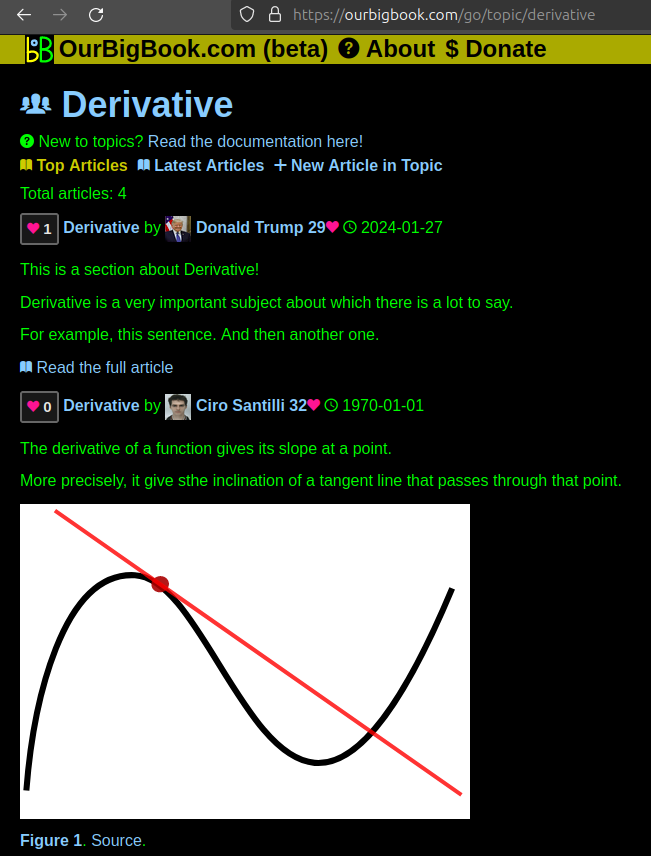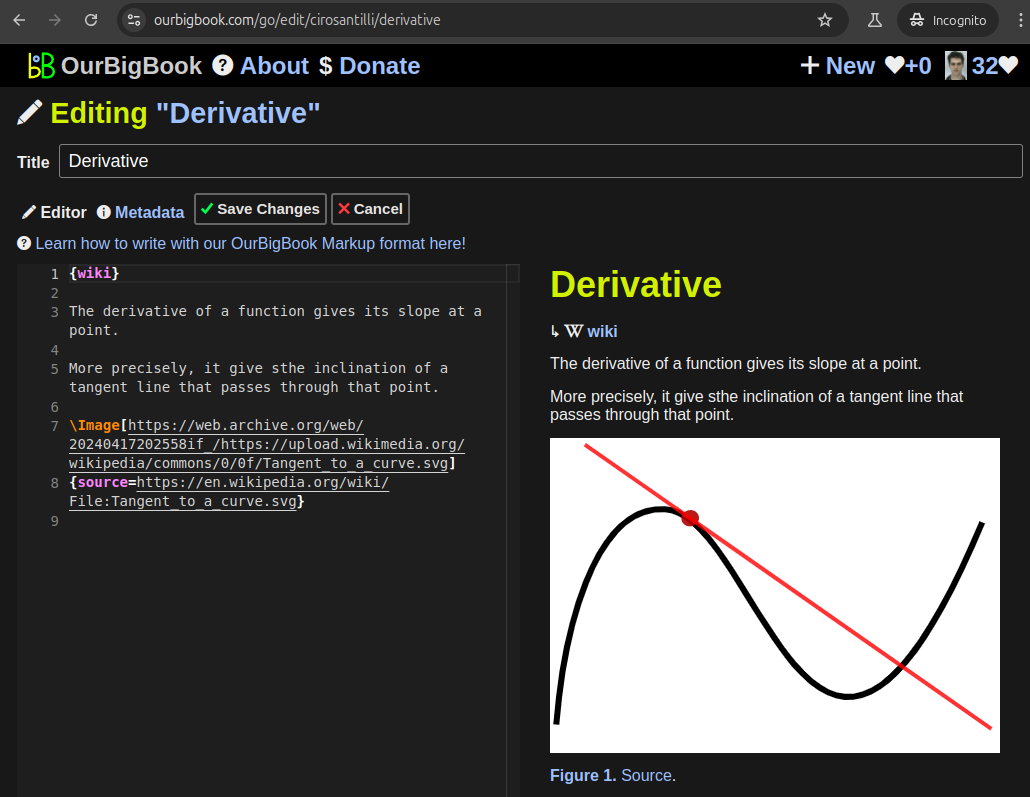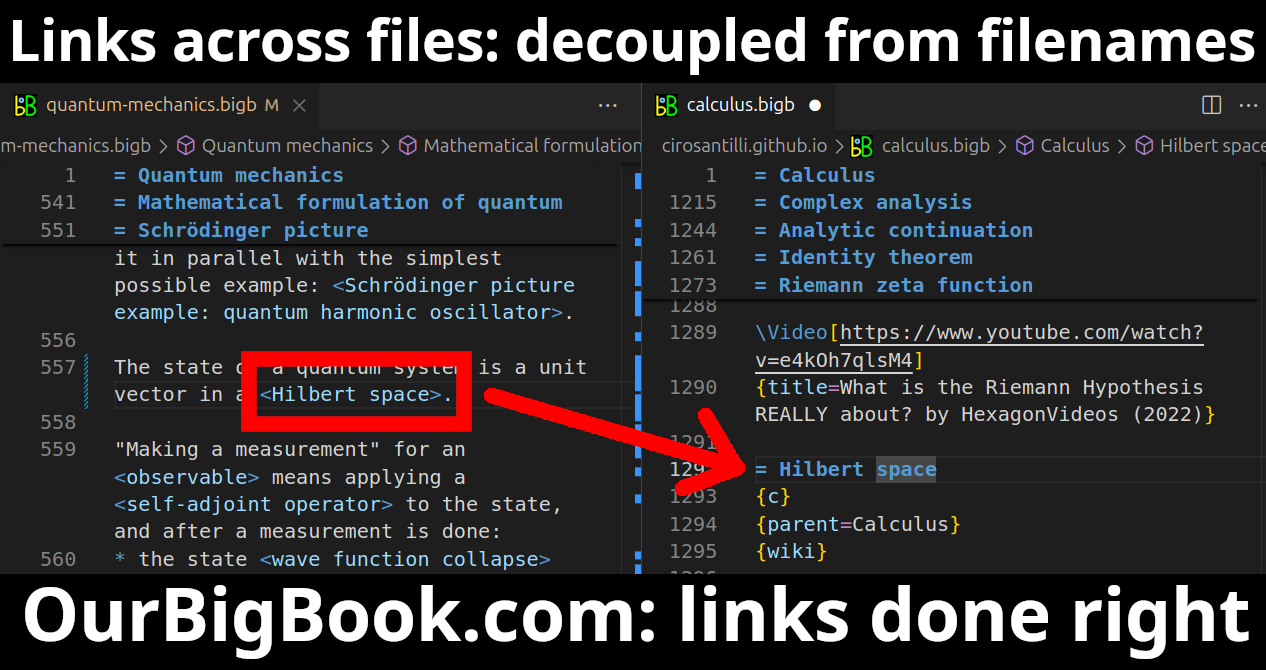Miguel Itzigsohn is a notable figure best known for his contributions to the field of civil engineering. He has made significant impacts in various projects and research initiatives related to engineering practices and methodologies. For detailed information regarding his specific contributions or current projects, additional context may be needed to provide a more comprehensive overview.
"Logic: The Laws of Truth" is a book by the philosopher and logician Bertoit van Dalen published in 2011. The work is an exploration of the fundamental principles of logic, focusing on how logical reasoning determines the structure of arguments and the nature of truth. It aims to address both classical and contemporary issues in logic, with an emphasis on the philosophical implications of various logical systems.
Peter Quinn is an Australian astronomer known for his contributions to astrophysics and cosmology. He has been involved in significant research related to the evolution of galaxies, the cosmic microwave background, and the large-scale structure of the universe. Quinn is also recognized for his leadership roles in various astronomical projects and institutions, including his work with the Australian National University and contributions to international collaborations in the field of astronomy.
"The Laws of Thought" refers to a set of principles in formal logic that govern reasoning and inference. Traditionally, these laws are associated with classical logic and are often summarized in three main principles: 1. **Law of Identity**: This law states that an object is the same as itself. In formal terms, it can be expressed as \( A \) is \( A \). It asserts that if something is true, then it is true.
A Boolean flag is a variable used in programming or computer science to represent a true/false condition. It is typically used as a way to signal some kind of state or condition within a program.
Logic gates are basic building blocks of digital circuits and are used in various electronic devices, including computers, smartphones, and other digital systems. They perform fundamental logical functions that are essential for digital processing. Each logic gate represents a specific logical operation based on Boolean algebra. Here are the most common types of logic gates: 1. **AND Gate**: Outputs true (1) only if both of its inputs are true (1).
Logical calculi (singular: logical calculus) are formal systems used in mathematical logic to represent, manipulate, and infer logical statements or propositions. They provide a structured way to reason formally about truth, validity, and deduction. Logical calculi form the foundation for various fields such as mathematics, computer science, and philosophy. Here are some key points about logical calculi: 1. **Components**: - **Syntax**: The formal rules and symbols used to construct statements or formulas.
Quantum gates are the fundamental building blocks of quantum circuits, analogous to classical logic gates in classical computing. They perform operations on quantum bits, or qubits, which are the basic units of quantum information. ### Key Characteristics of Quantum Gates: 1. **Unitary Operations**: Quantum gates are represented by unitary matrices, meaning they preserve the probabilities of quantum states. This property ensures that the information is conserved and allows for the reversible nature of quantum operations.
HOL (Higher-Order Logic) is a family of proof assistants that are based on the higher-order logic formalism. One of the most prominent members of this family is HOL4, but there are also others, like HOL Light and Isabelle/HOL, which share similar principles but may differ in implementation and features.
Interference freedom refers to conditions under which systems or processes operate without unwanted interference from external or internal sources. This concept can be applied across various fields, including telecommunications, electronics, and even social sciences. In telecommunications and networking, interference freedom often relates to the ability to transmit signals without degradation or distortion caused by competing signals or noise from other devices. Techniques such as frequency hopping, spread spectrum, or multiple access protocols help achieve interference-free communication.
The Nyāya Sūtras are a foundational text of Indian philosophy, particularly associated with the Nyāya school of thought, which is one of the six orthodox (āstika) schools of Hindu philosophy. Attributed to the philosopher Gautama (also known as Akṣapāda), the Nyāya Sūtras are composed in sūtra (aphoristic) form and date back to around the second century BCE.
Proof complexity is a field of computational complexity theory that studies the resources required to prove statements in formal systems. It focuses on understanding the efficiency and limitations of formal proofs, particularly in relation to various proof systems, such as propositional logic, first-order logic, and more advanced logics. Key aspects of proof complexity include: 1. **Proof Length**: One of the primary metrics in proof complexity is the length of proofs.
A race condition is a situation in computer science, particularly in concurrent programming, where the behavior of software depends on the sequence or timing of uncontrollable events such as thread execution. This typically occurs in multi-threaded or distributed environments when multiple threads or processes access shared resources (like variables, memory, or files) without proper synchronization. In a race condition, if two or more threads attempt to modify the same shared resource simultaneously, the final outcome can become unpredictable, leading to inconsistent or incorrect results.
Non-petroleum based lubricants are lubricants that do not derive from crude oil or petroleum. Instead, these lubricants are formulated from alternative sources, which can be renewable or synthetic in nature. Non-petroleum lubricants are gaining traction due to environmental concerns, sustainability goals, and the desire to reduce reliance on fossil fuels. **Types and Sources of Non-Petroleum Based Lubricants:** 1.
Logic journals are academic publications that focus on the field of logic, which is the study of reasoning, argumentation, and the principles of valid inference. These journals publish research articles, surveys, and reviews related to various branches of logic, including but not limited to: 1. **Mathematical Logic**: This includes topics such as set theory, model theory, proof theory, and recursion theory.
"Sophistical Refutations" is a work by the ancient Greek philosopher Aristotle, primarily dealing with the topics of logic and rhetoric. In this text, Aristotle analyzes various types of fallacies—arguments that appear to be valid but are actually misleading or incorrect. He categorizes these fallacies and provides a systematic account of how they can be identified and refuted. The work is particularly important for its exploration of how language and reasoning can be manipulated to create seemingly persuasive arguments that are not sound.
Norwegian logicians refer to philosophers and mathematicians from Norway who have significantly contributed to the field of logic. Notable figures in this area include: 1. **Arne Magnus** - Known for his work in mathematical logic and the philosophy of language. 2. **Johan Van Benthem** - Although not Norwegian by nationality, he has collaborated significantly with Norwegian scholars and is well-respected in logic and formal philosophy.
The graphic charter of government communication in France, known as "charte graphique de la communication de l'État," is a set of guidelines established to ensure consistency and coherence in the visual identity of government communications. This includes aspects such as logos, color schemes, typography, and the overall design of printed materials, websites, and other digital communications. The purpose of the graphic charter is to create a unified and professional appearance across all government entities and to enhance public recognition and trust in the government.
Characterization in materials science refers to the process of analyzing and understanding the properties, structure, and behavior of materials. It involves a wide range of techniques to obtain information about a material's composition, microstructure, mechanical properties, thermal properties, electrical properties, and other relevant characteristics. The importance of characterization lies in its ability to provide insights into how materials will perform in various applications and environments.
Chemical stability refers to the ability of a substance to maintain its chemical composition and structure over time under specific conditions, such as temperature, pressure, and the presence of other substances. A chemically stable compound does not readily undergo chemical reactions, decompose, or respond to changes in its environment. Factors that influence chemical stability include: 1. **Bond Strength**: Strong bonds within molecules make them less likely to break and form new substances.
Pinned article: Introduction to the OurBigBook Project
Welcome to the OurBigBook Project! Our goal is to create the perfect publishing platform for STEM subjects, and get university-level students to write the best free STEM tutorials ever.
Everyone is welcome to create an account and play with the site: ourbigbook.com/go/register. We belive that students themselves can write amazing tutorials, but teachers are welcome too. You can write about anything you want, it doesn't have to be STEM or even educational. Silly test content is very welcome and you won't be penalized in any way. Just keep it legal!
Intro to OurBigBook
. Source. We have two killer features:
- topics: topics group articles by different users with the same title, e.g. here is the topic for the "Fundamental Theorem of Calculus" ourbigbook.com/go/topic/fundamental-theorem-of-calculusArticles of different users are sorted by upvote within each article page. This feature is a bit like:
- a Wikipedia where each user can have their own version of each article
- a Q&A website like Stack Overflow, where multiple people can give their views on a given topic, and the best ones are sorted by upvote. Except you don't need to wait for someone to ask first, and any topic goes, no matter how narrow or broad
This feature makes it possible for readers to find better explanations of any topic created by other writers. And it allows writers to create an explanation in a place that readers might actually find it.Figure 1. Screenshot of the "Derivative" topic page. View it live at: ourbigbook.com/go/topic/derivativeVideo 2. OurBigBook Web topics demo. Source. - local editing: you can store all your personal knowledge base content locally in a plaintext markup format that can be edited locally and published either:This way you can be sure that even if OurBigBook.com were to go down one day (which we have no plans to do as it is quite cheap to host!), your content will still be perfectly readable as a static site.
- to OurBigBook.com to get awesome multi-user features like topics and likes
- as HTML files to a static website, which you can host yourself for free on many external providers like GitHub Pages, and remain in full control
Figure 3. Visual Studio Code extension installation.Figure 4. Visual Studio Code extension tree navigation.Figure 5. Web editor. You can also edit articles on the Web editor without installing anything locally.Video 3. Edit locally and publish demo. Source. This shows editing OurBigBook Markup and publishing it using the Visual Studio Code extension.Video 4. OurBigBook Visual Studio Code extension editing and navigation demo. Source. - Infinitely deep tables of contents:
All our software is open source and hosted at: github.com/ourbigbook/ourbigbook
Further documentation can be found at: docs.ourbigbook.com
Feel free to reach our to us for any help or suggestions: docs.ourbigbook.com/#contact






